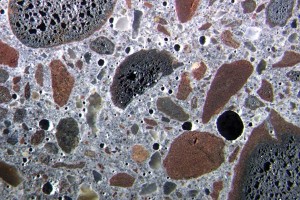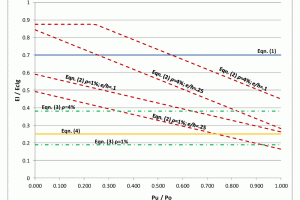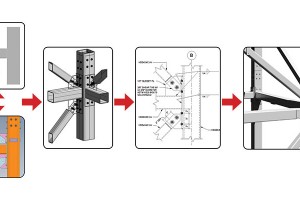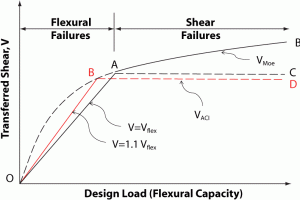The Advantages and Disadvantages of Lightweight Concrete in Building Construction
Recently, lightweight concrete has been implicated as the primary culprit in moisture-related failures of adhered flooring systems. Although fast-track construction techniques and government-mandated changes in flooring adhesives also have contributed to these problems, some critics suggest that the consequences of a finish floor failure outweigh the benefits that lightweight concrete can bring to a project. In light of this controversy, it is worth evaluating the advantages and disadvantages of lightweight concrete, considering not only its interactions with flooring systems but also how it affects building aspects such as steel tonnage, foundations, and slab fire ratings. Despite the moisture-related challenges that lightweight concrete poses, properly designed and constructed lightweight concrete floor slabs offer a number of efficiencies over normal-weight concrete slabs that project teams should consider. …








